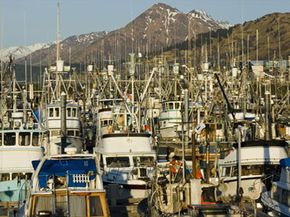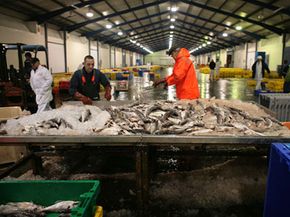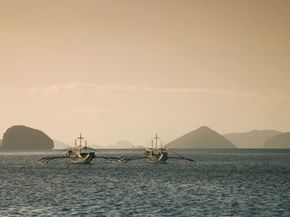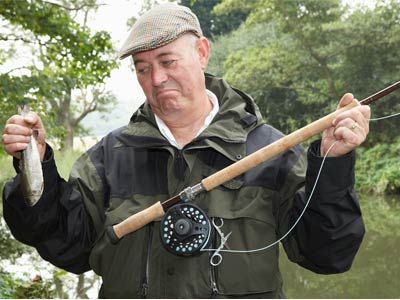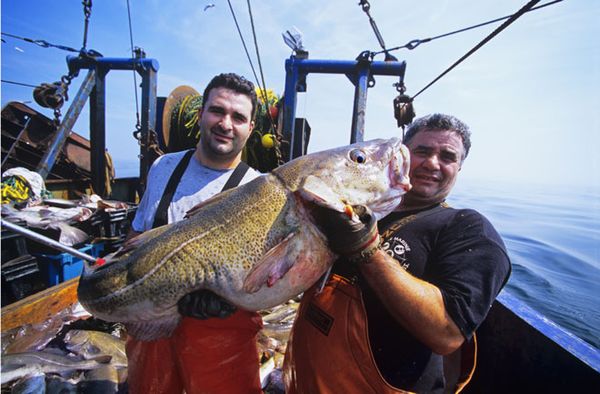Fishing may be a recreational sport for some, but it's a livelihood for many others. Commercial fisheries all over the world hit the seas in search of large hauls of fish and shellfish -- so much so that many of the world's ocean waters are overfished. Many species of fish are in grave danger because of a long unregulated history and then sluggish legislation to curb overfishing. Scientists all over the world study the mating, breeding and travel patterns of fish species in order to give useful data to the government bodies that regulate the commercial industry. It's called fish management. Every fish in every body of water on Earth is regulated. There are limits put in place in a wide range of areas including the following:
- Size of the fish you can keep
- Total number or pounds you can keep
- Total number of fish you can keep
- Time period that it's legal to fish
- Fishing methods
- Fishing equipment
These regulations are put in place to make sure no species is overfished. Overfishing leads to a depleted stock and even the threat of extinction, and it's a hot button issue in the commercial fishing industry. The National Oceanic and Atmospheric Administration (NOAA) states that in 2007, more than 9.2 billion pounds of fish were taken from American waters. That's 4.2 million metric tons with a value of more than $4.1 billion. Scientists have data that shows that many species of fish are dwindling and that the ocean's ecosystem is in trouble. But the scientists aren't the ones in charge of setting the regulations. They can only submit their studies and data to the decision makers -- politicians.
Advertisement
This has presented somewhat of a problem because the governing bodies often ignore the advice of scientists in favor of commerce. With $4.1 billion in revenue, setting regulations and catch limits is a delicate balancing act between environmental concern and a profitable industry. The limits that are set for commercial fisheries are called individual fishing quotas, or IFQs. These are generally represented in quota shares. Each share represents a percentage of the total allowable catch for the species and region, called a fishery. Many times the quota share for a particular vessel will be based on the catch from the previous year. In some markets the quota shares can be bought and sold from vessel to vessel. This means it may be worth it for the tiny SS Minnow to sell its shares to the SS Behemoth and never leave the dock. The SS Minnow is actually making money by not fishing. That may sound strange, but it's only the beginning of the mysterious and controversial world of fishing quotas.
Advertisement
